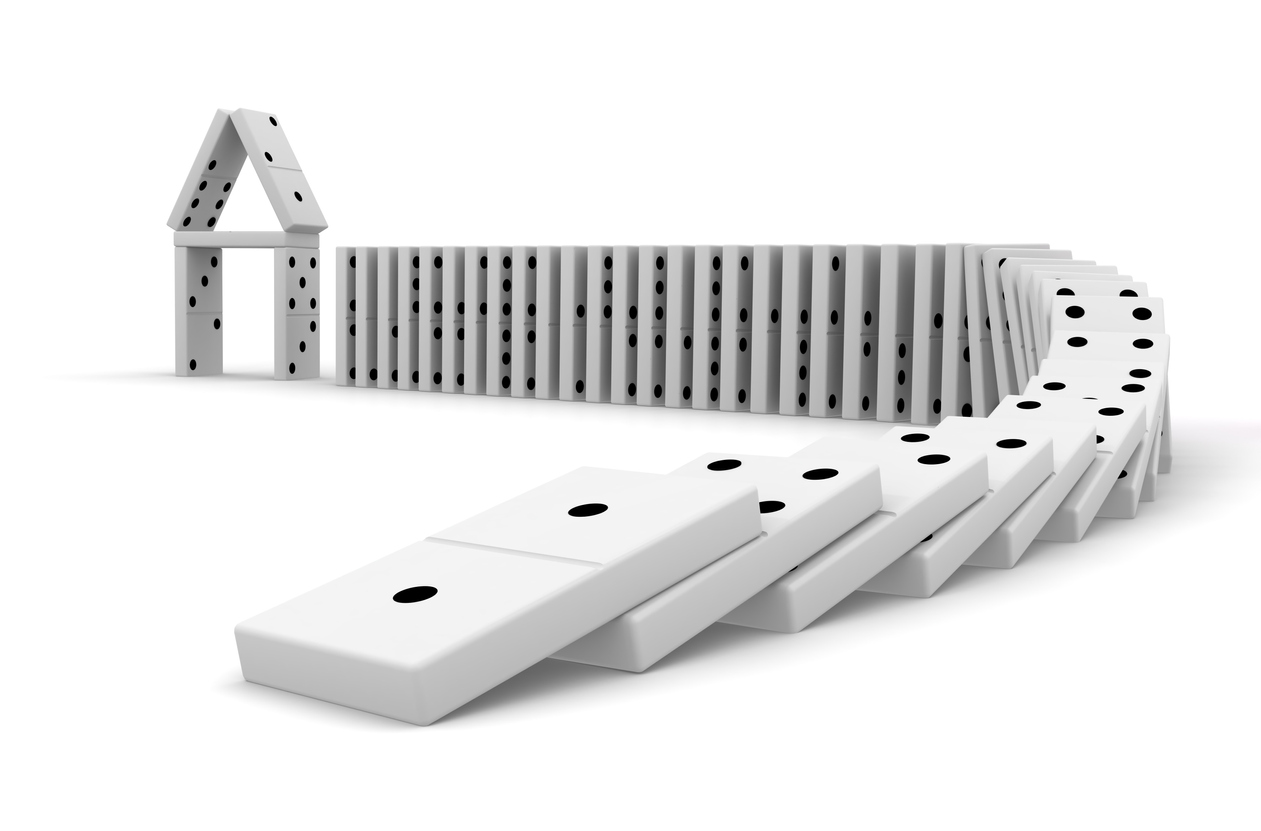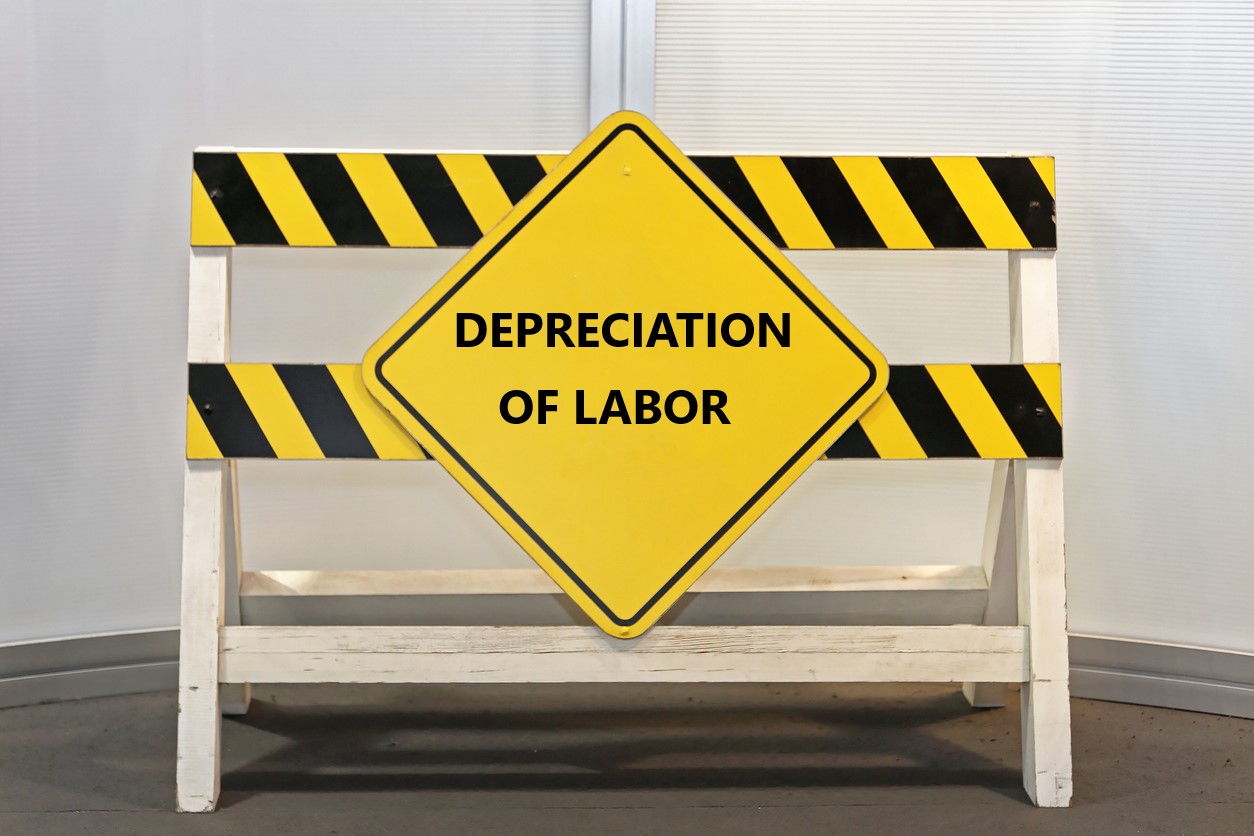Many insurance policies will not cover a loss if a building was unoccupied at the time damage occurred. That could mean bad news for many property owners out there. But, before anyone begins to worry, it is important to know how Texas defines “unoccupied.”
The 1985 case of Farmer’s Mutual Protective Association of Texas v. Wright, concerned an elderly couple, the Wrights, who owned two homes, one in the town of Rotan (the “Rotan house”) and another about fourteen miles outside of Rotan (the “country house”). The elderly couple lived in the country house until January 1984, when they moved to the Rotan house after they could not find a tenant for it. A fire destroyed the country house in September 1984. After the fire, the elderly couple attempted to recover $40,000 under their fire insurance policy on the country house, but the insurer denied liability based upon the “unoccupied property” clause of the policy. The clause stated that insurance on an occupied dwelling was automatically terminated six (6) months after the dwelling became unoccupied, unless the insureds notified the insurer and paid a an additional amount to cover the unoccupied property.
Citing Texas Supreme Court precedent, the Court in Wright set forth the following definitions:
A house is ‘occupied’ when human beings habitually live in it as a place of abode; a house is unoccupied when it ceases to be used for living purposes or as a customary place of human habitation.
In Wright, the parties disagreed over whether two houses can be “occupied” at the same time. Finding in favor of the insureds, the Court affirmed Texas precedent by ruling that “[i]n ascertaining the meaning of the words ‘vacant and unoccupied,’ they should not be taken in a technical and narrow sense, but should be taken in their ordinary sense, as commonly used and understood, and, if the sense in which they are used is uncertain, they should be construed more favorably to the insured.”
The Court concluded that there was evidence that the country house was occupied because it was used for living purposes, used as a place of abode, and it was the customary place for human habitation. Mr. Wright went the country house every day to check on and feed their cattle, he took naps there, polished the furniture, kept most of the utilities running, and maintained the lawn twice each month. Moreover, the Wrights would have moved back to the country,if they had found a tenant for the Rotan house. Because of this evidence, the Court of Appeals affirmed the trial court’s implied finding that the country house was occupied at the time it was destroyed by fire and affirmed the trial court’s judgment in favor of the insureds.



